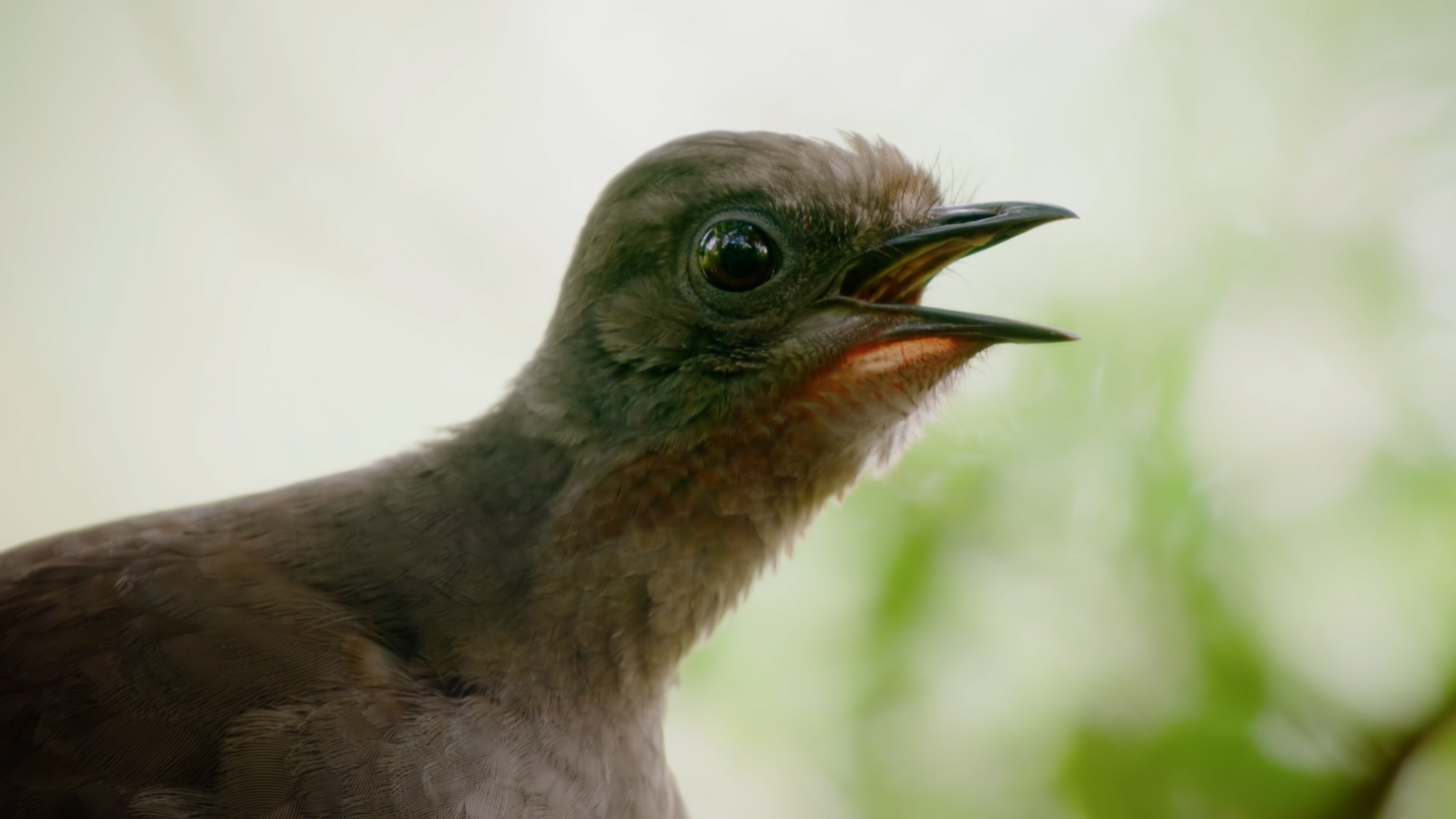When one considers the enchanting realm of avian species, the ability of certain birds to mimic sounds becomes a fascinating topic of examination. Mimicry in birds is not merely a showcase of their acoustic prowess; it has ecological implications and raises ethical queries. As human beings, we share this planet with countless creatures, and how we interact with them matters profoundly. But does mimicking bird sounds constitute a form of animal cruelty? This question invites a nuanced exploration of animal behavior, social interaction, and the impact of human activities on wildlife.
Birds are equipped with remarkable vocal organs, allowing them to produce a vast range of sounds. Among the many fascinating examples, the lyrebird stands out as a consummate mimic, able to replicate chainsaws, camera shutters, and even the calls of various other birds. This extraordinary feat is not merely a trivial exercise in vocal exhibitionism; it serves essential purposes within their natural habitat. For instance, males may mimic the sounds of competing species to attract females, demonstrating strength and adaptability. Thus, mimicry can be viewed as a vital survival strategy.
However, when humans engage in imitating bird calls, the narrative shifts. This practice often emerges from a place of admiration and curiosity, leading us to question whether our intentions align with the welfare of the avian subjects. In instances where humans replicate sounds for entertainment, education, or research, the implications for the birds can be complex. One must consider the potential disruption this may cause in their natural behaviors.
Birds primarily use vocalizations to communicate with one another, establish territory, and attract mates. Interruptions to these natural patterns can result in confusion, stress, and even long-term behavioral changes. The mimicry of bird sounds in an attempt to lure them closer may interfere with their natural instincts, compelling them to respond in ways that could be detrimental to their safety. In frenzied situations where a bird might perceive a threat or even feel cornered, the consequences could lead to heightened anxiety or altered social structures.
Moreover, the ethical implications extend beyond mere imitation. The broader ecological impact should also be under scrutiny. The very action of calling out to attract a bird may disrupt flock dynamics, causing distress not only to the targeted individual but also to their companions. This raises further ethical questions: are we prioritizing our entertainment over the well-being of these sentient beings? Are we inadvertently contributing to stress or disorientation among wildlife? Such questions illuminate the need for introspection in our interactions with nature.
To complicate matters further, technology introduces additional layers to the conversation. With the rise of recordings and apps designed to imitate bird calls, the potential for abuse increases. What may begin as harmless curiosity can escalate into situations where individuals use these tools to exploit wildlife, disturbing ecosystems without consideration for the ramifications. The consequences of such actions extend beyond immediate interactions; they can contribute to the erosion of local wildlife populations and significantly diminish biodiversity over time.
Nonetheless, one must not overlook the potential for positive educational experiences. Recording sounds for research purposes, birdwatching, or educational programs can foster a deeper appreciation of avian life. When done responsibly, these activities can nurture a sense of stewardship for wildlife among participants, inspiring efforts to protect and conserve bird habitats. However, the distinction lies in the method and intention behind such endeavors. Ensuring that these pursuits do not impede the natural behaviors of birds remains crucial.
Creating an environment where respect for wildlife prevails requires a collective commitment to ethical practices. Education plays a pivotal role in fostering a responsible approach to interacting with birds. By promoting an understanding of avian behaviors and the importance of maintaining natural habitats, we can cultivate a culture that prioritizes the well-being of wildlife. Furthermore, encouraging respectful observation rather than interference allows for the marvel of nature to unfold in its authentic form, free from human modification.
In conclusion, the question of whether mimicking bird sounds constitutes animal cruelty is intrinsically tied to the implications of our actions. While some forms of mimicry could be benign, the potential for harm lurks beneath the surface. As stewards of the environment, it is our responsibility to advocate for animals and their habitats, ensuring that our interactions are grounded in respect and ethical considerations. Through mindful examination and deliberate action, we can shift our perspective, embracing a harmonious coexistence with avian companions while appreciating their remarkable abilities without imposing unnecessary harm.








